Pore over the blurb for Techland expansion Dying Light: The Following and it’s easy to think you’re getting more of the same – more parkour, more zombies, and more ridiculous weaponry. Load it up and The Following warns you it’s intended for level 12 characters and above, implying you’ll be facing foes that can effortlessly divorce your head from your shoulders. But the truth is far more unsettling and undermines a huge portion of what the main game has taught you.
As unwelcoming as Harran’s street-roaming corpses are, your protagonist’s parkour skills lend him, and you, a certain degree of safety. My fence-climbing skills are on a par with those of Vincent D’Onofrio in Full Metal Jacket – I’d be zombie chow in no time at all. However, protagonist Kyle Crane can effortlessly vault walls and leap gaps that the most athletic feline would turn their nose up at, and all this with his cheeks filled with crafting ingredients. Unless the story demands it, he never loses his grip, and a couple of hours after picking up the joypad, you’re effortlessly leaping from rooftop to rooftop, thumbing your nose at the undead.
Sure, Dying Light’s running “virals” can climb, unlike the regular zombies, but it’s just a matter of booting them off the side of whatever building you’re on. Even if you’ve scrambled on top of a bus, a well-placed kick will send them flying, then just rinse and repeat till they’re dead. Night is a different story, but during the day, the floor is lava and you’ve got a jetpack.
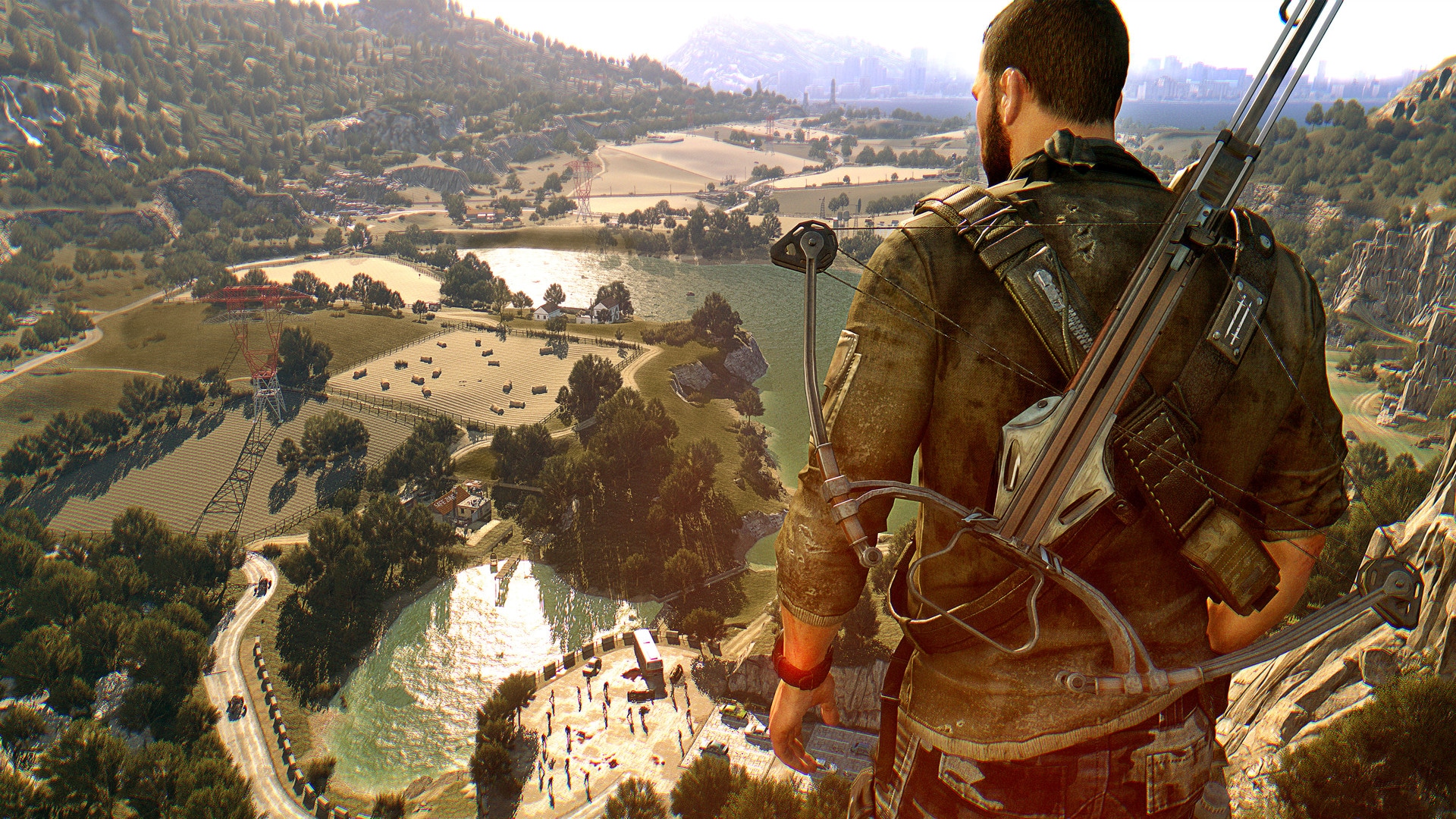
But the moment you hit the wide-open countryside of Dying Light: The Following, all that changes. Dying Light’s NPC dialogue and loading tips reiterate the importance of sticking to the rooftops, but The Following brings your cocky, building-vaulting self down to Earth with a bump.
Your parkour skills are next to useless now, and The Following takes great pleasure in making sure you know it. Playing The Following, I emerged from the sewers (don’t ask) atop a vast cliff that, normally, would have given me vertigo. But it was the near-total lack of man-made structures that made my stomach drop.
When I finally made my way down to ground level, my fears were confirmed. The map of The Following is bigger than that of the Dying Light main game, so there are more corpses shambling around. However, zombie density isn’t necessarily any higher. Rather, the danger was that, without Dying Light’s urban fixtures, there’s nowhere to hide.
So, instead of surveying the living dead from the comfort of an abandoned video shop’s rickety roof, I was gawping at them from behind a chest-high fence. Most were too far away to spot me, but I knew that, once I vaulted that fence, I’d have to wend my way through them. The sneakiest thing about The Following’s lack of cover is that it forces you to be acutely aware of your surroundings. Maybe you dodged that zombie right in front of you, but you’ve missed out on the one that’s shambling towards you from the left, reaching towards you with its cracked, bloodless fingers.
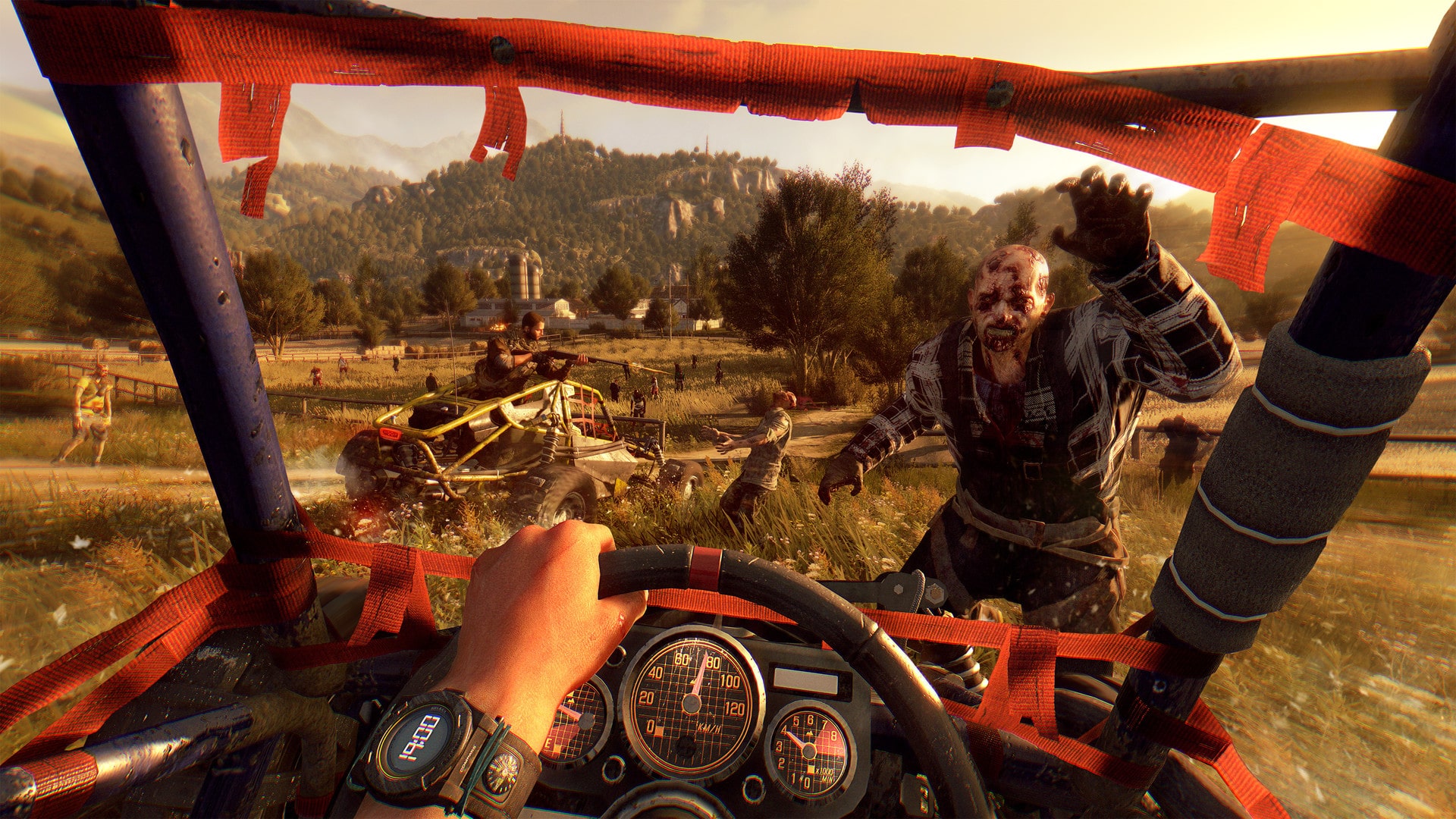
If you’re playing co-op, you do, in theory, have the luxury of other survivors watching out for you. If you’re on your own, a moment’s inattention could spell the end. Buildings in The Following are so spaced out that even the grappling hook is useless. When you’re standing on top of someone’s barn, you’re not smugly plotting your rooftop route. Instead, you’re trying to gather up the courage to make a break for it.
The Following does provide you with a buggy, but it comes with its own pitfalls. You can use it to mow down the dead and cover long distances in a matter of moments, but it’s distressingly fragile. There’s every chance that, after running down one corpse too many, it’ll come to a spluttering halt in the middle of a field. And since there’s only one buggy in the whole game, you’re back on foot, provided the dead don’t reach you first.
Ultimately, Dying Light: The Following does a spectacular job of knocking you down a peg or two, but it’s also truer to zombie fiction, in particular George Romero’s movies, than the main game. In Tom Savini’s Night of the Living Dead remake, Patricia Tallman’s Barbara remarks: “They’re so slow. We could just walk right past ’em and we wouldn’t even have to run. We could just walk right past ’em.”
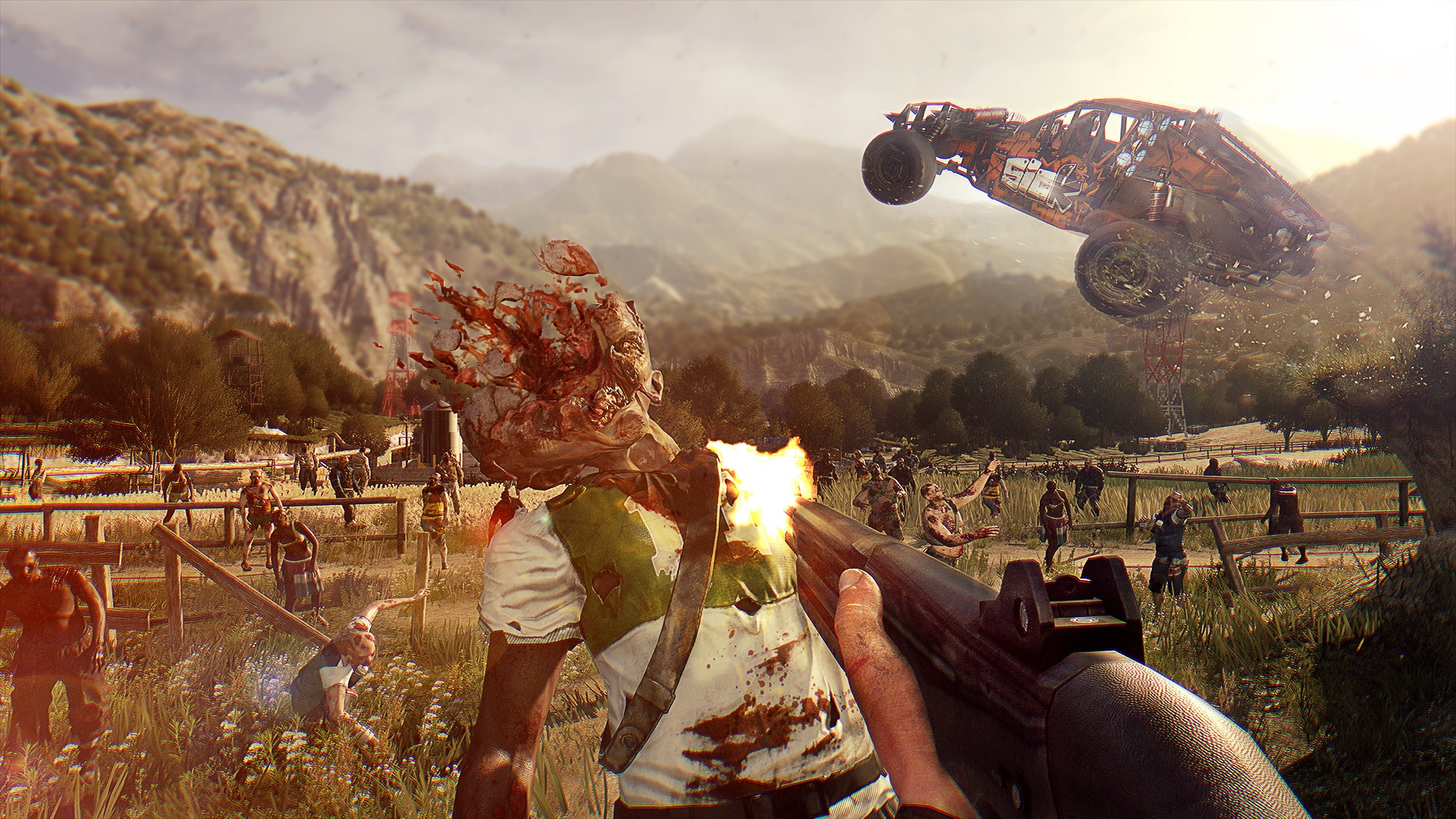
That’s precisely why slow zombies are more horrifying than fast zombies. Instead of the short, sharp shock of seeing a ravenous member of the undead barreling towards you, you have the horror of realizing that, yes, you can escape, but where are you going to go?
The Following delivers this same sense of unease. Every time you pause, you have to ponder just where you’re going next. In the main game, if you look at the target marker on your map, you’ve got a good chance of getting there if you run in a straight line, provided you’re not roaming around at night. In The Following, just thinking about the journey is harrowing.
At times, Dying Light: The Following feels like a new game because, without your parkour skills to rely on, you’re having to learn to survive all over again. Dumping you in the open was a risky decision, considering that parkour is very much Dying Light’s hallmark. But it paid off, and The Following serves as an example of how to deliver post-launch content that innovates, not regurgitates.
And while I don’t know what Techland has planned for the five years following Dying Light 2’s release, it’s going to be a tough act to follow.

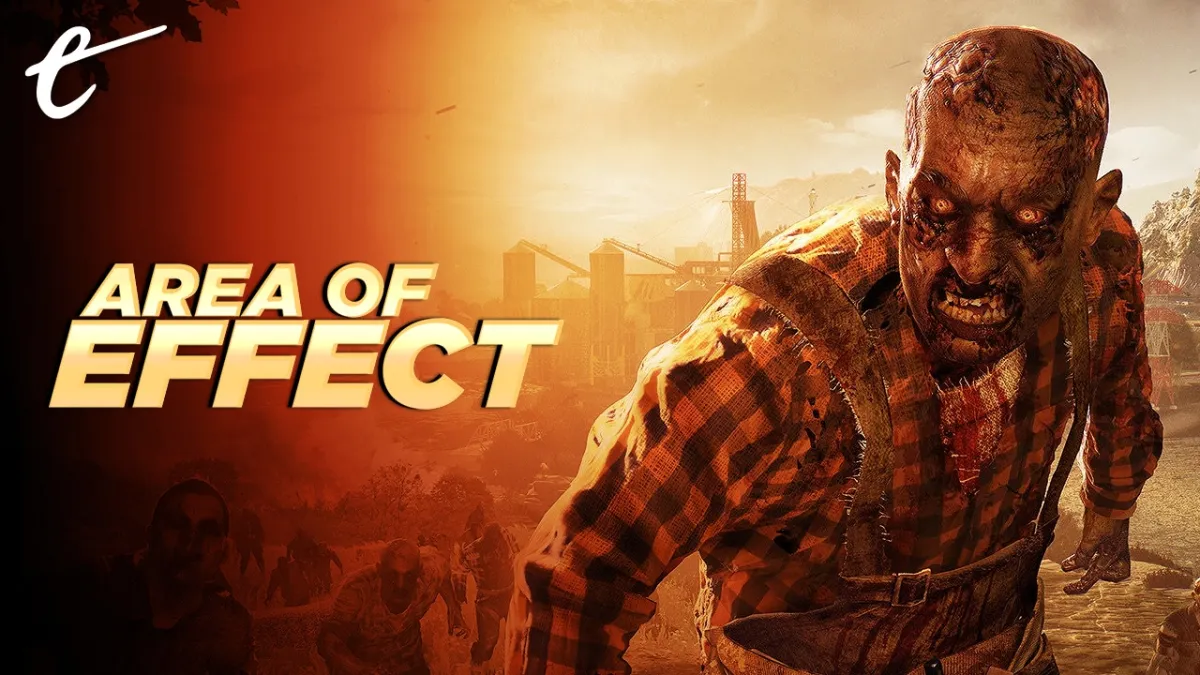
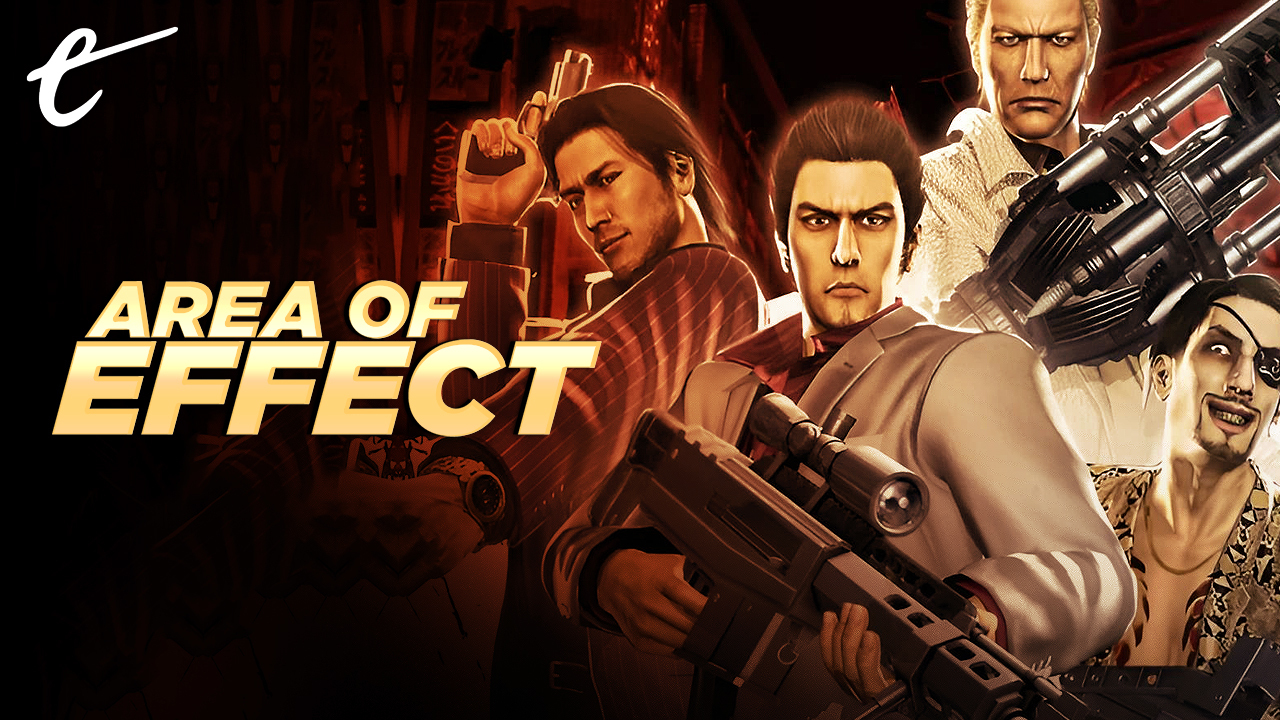
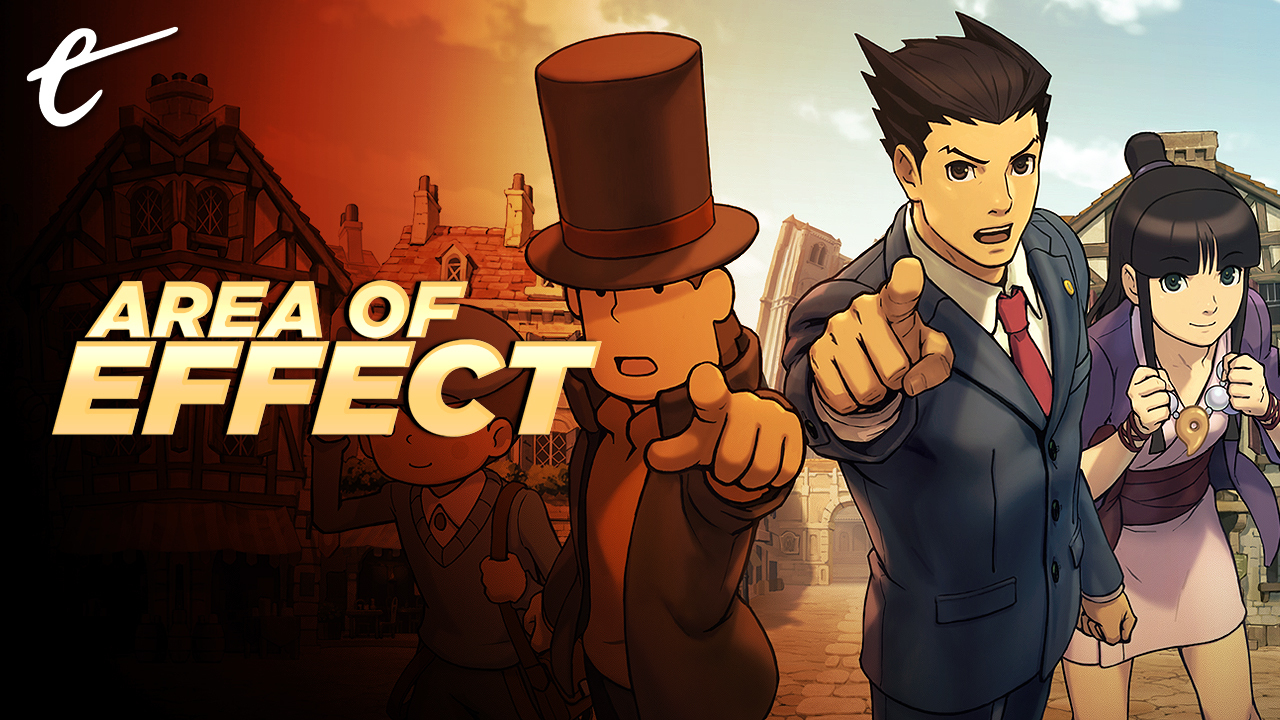
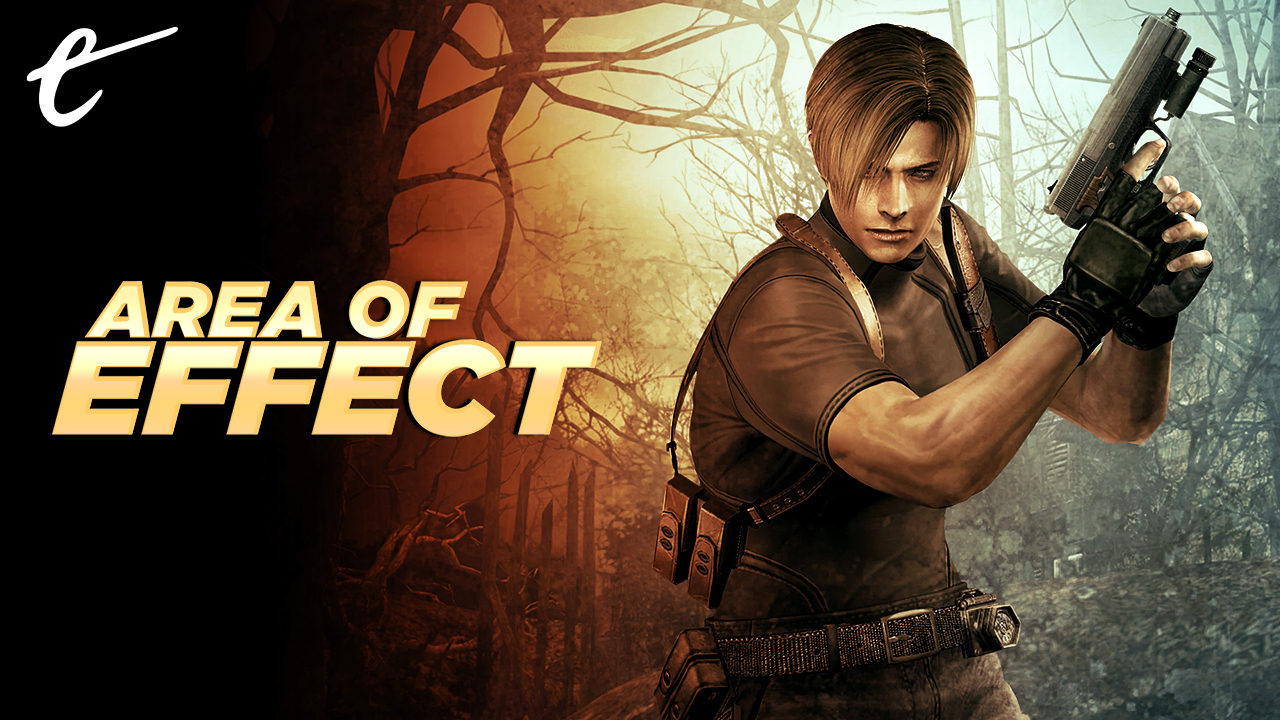

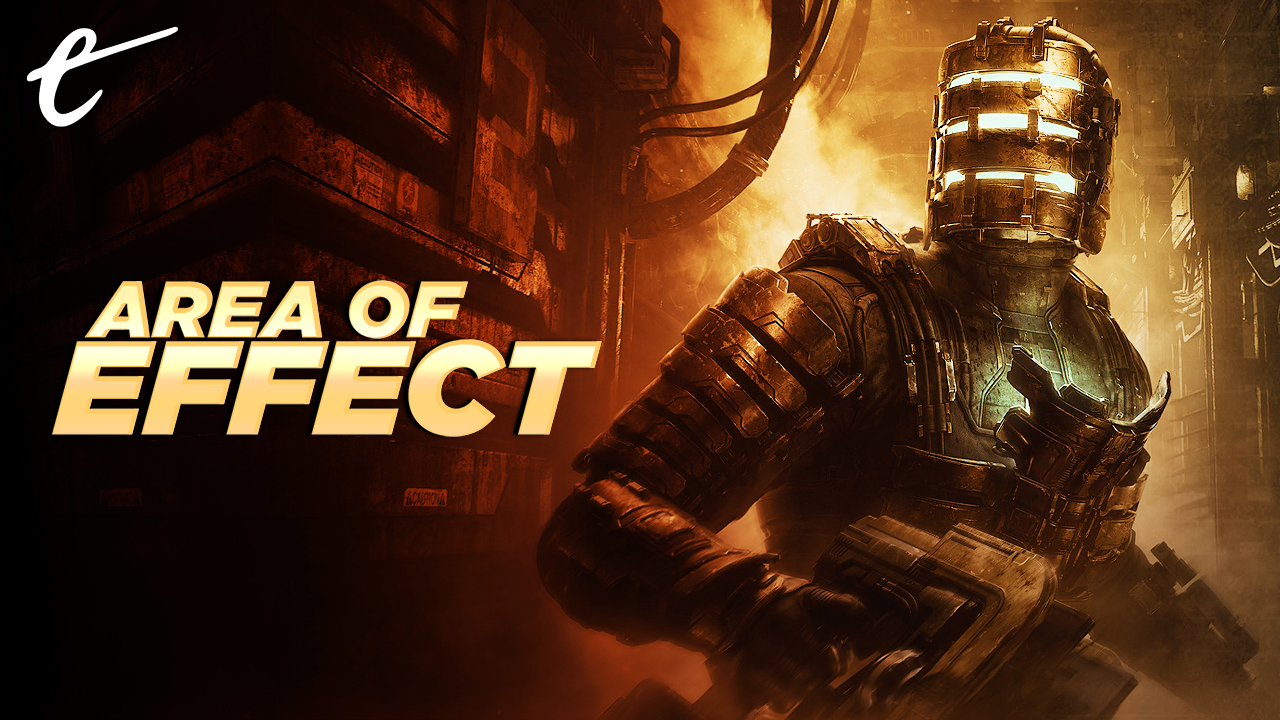
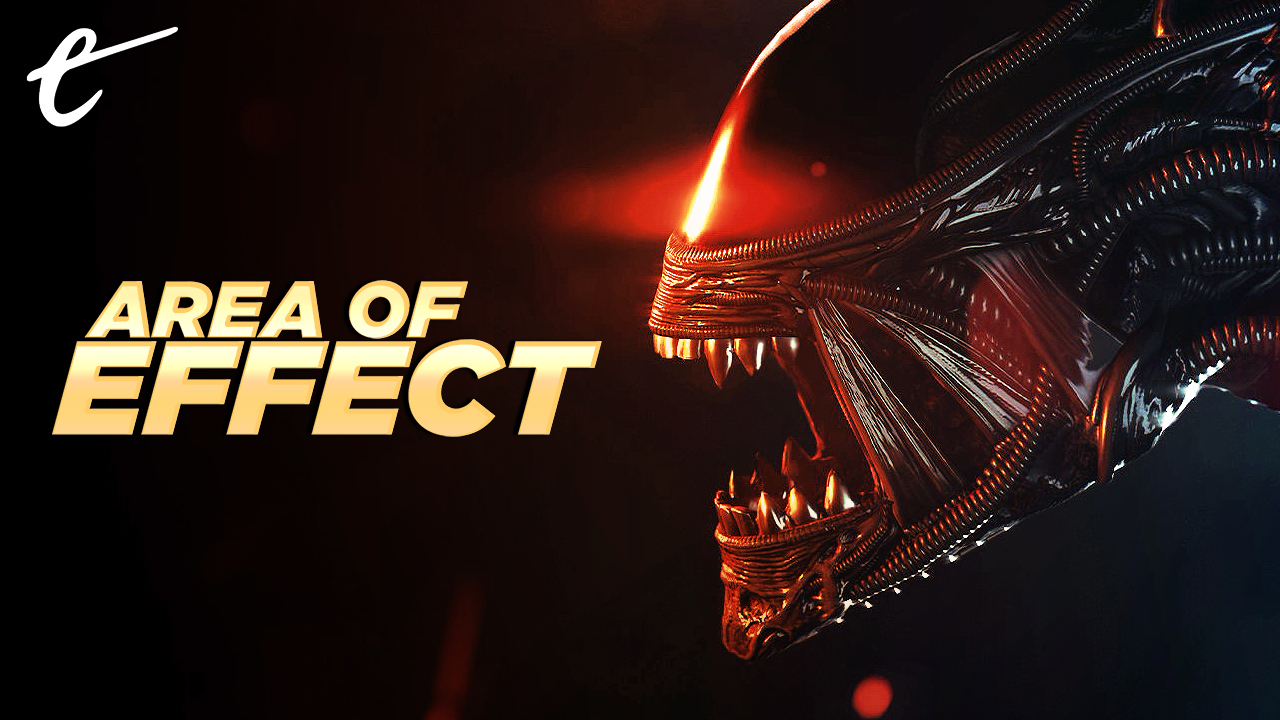
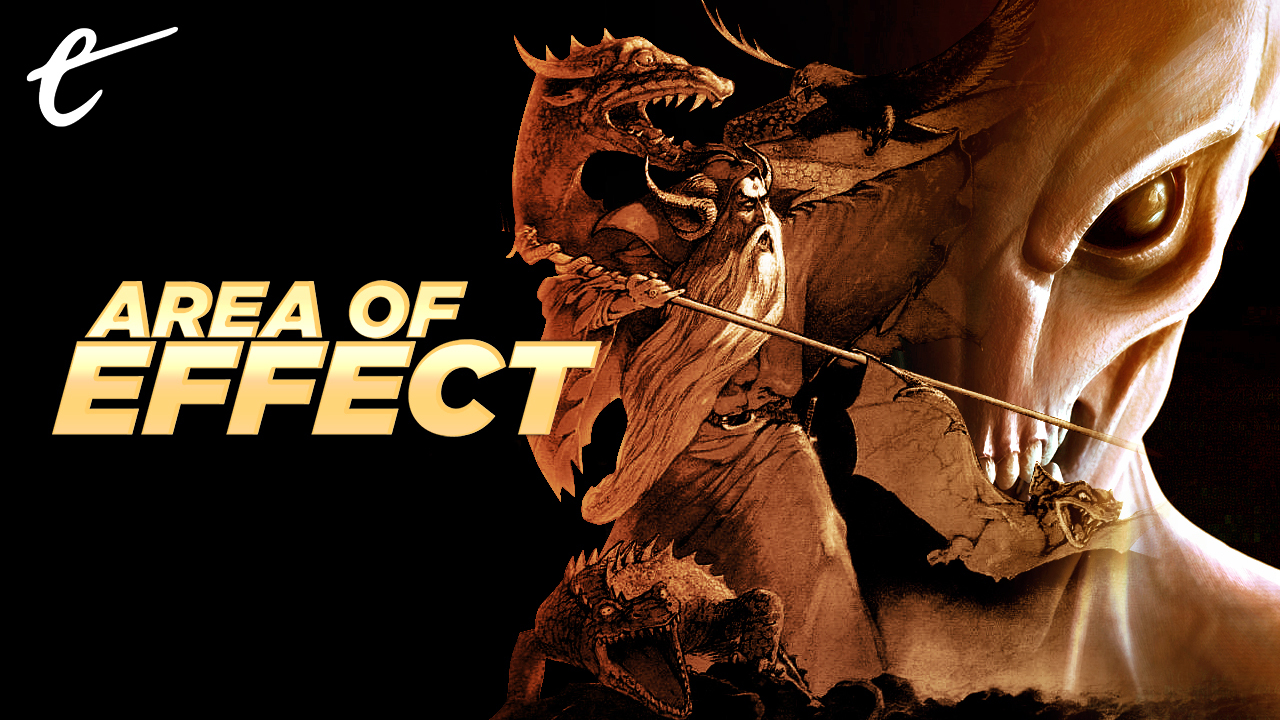
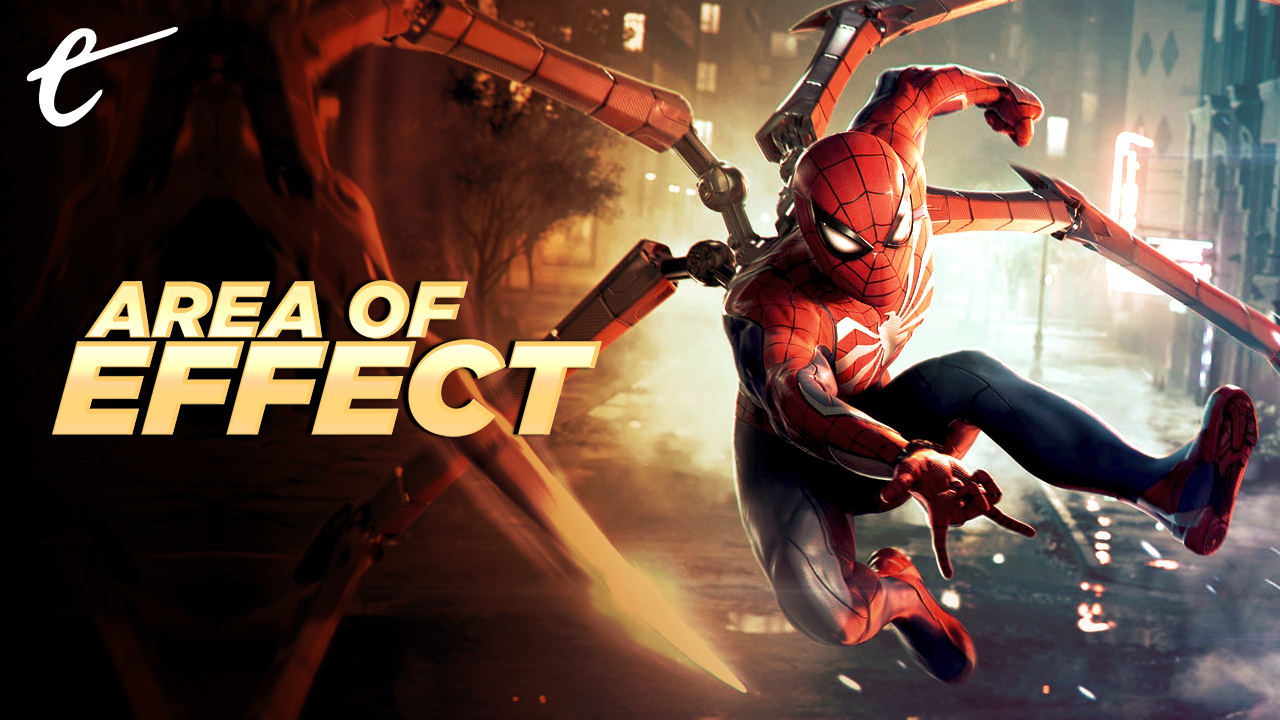
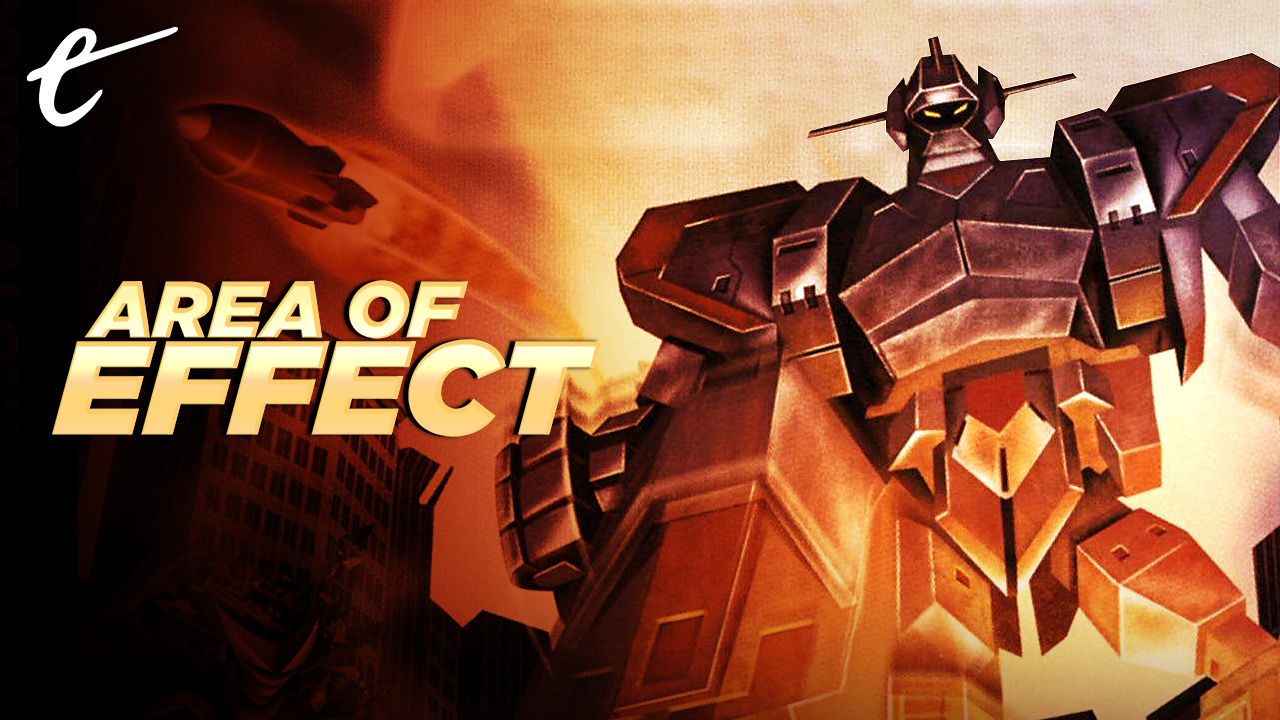

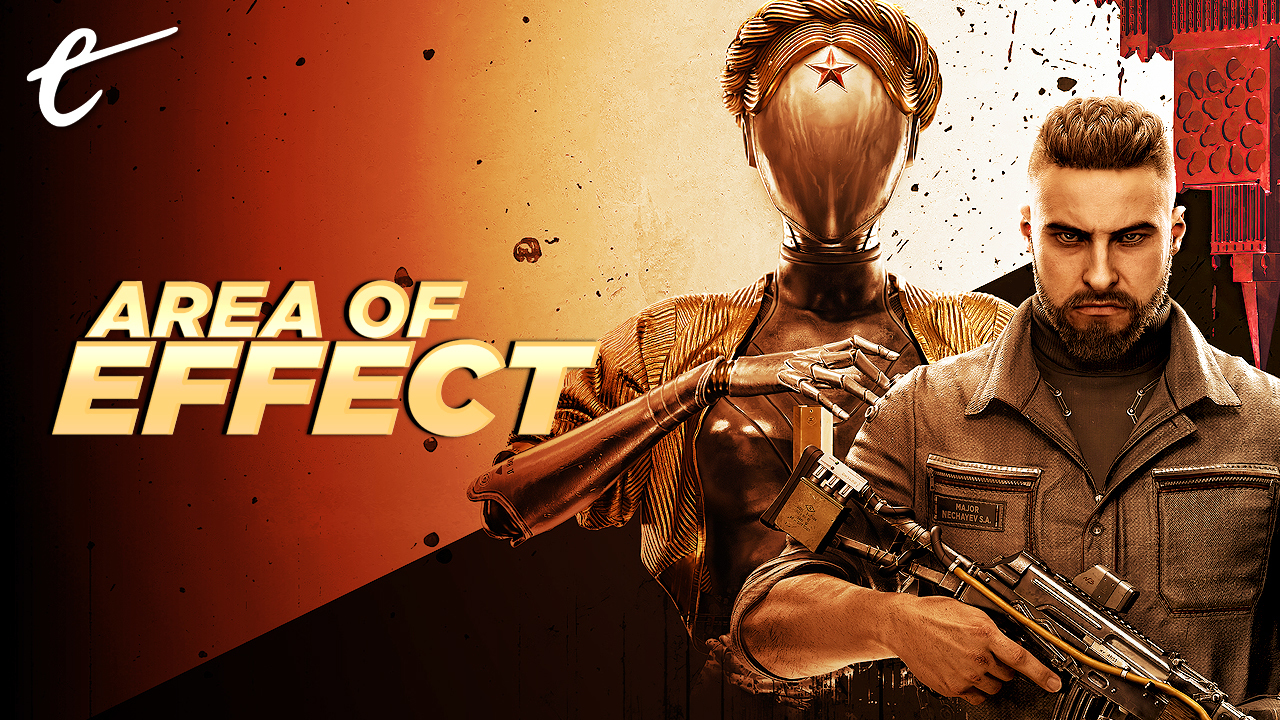

Published: Jan 18, 2022 3:00 PM UTC